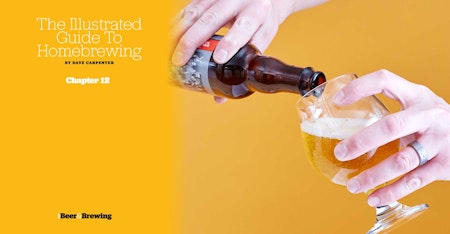Let’s face it—homebrewers sometimes craft batches that just aren’t drinkable, especially when they’re new to brewing or using new equipment or ingredients. So what do you do with a multi-gallon batch of oops? Here are four significantly tastier solutions, as well as suggestions for avoiding the same problem in your next batch.
If the batch is too yeasty or too husky, make beer biscuits.
Find yourself with a yeast bomb or an astringent, grainy homebrew? These yeasty, overly husky flavors are hardly desirable in beer; however, they can be nice flavor complements to beer bread, biscuits, and other beery baked goods.
Here’s a biscuit recipe passed down from my mother that I’ve adapted as beer bread, which tends to take on the flavor profile of the beer style used. For sweeter, darker breads, use porters, stouts, or other dark ales. For drier, more savory breads try pale ale, IPA, or Pilsner.








